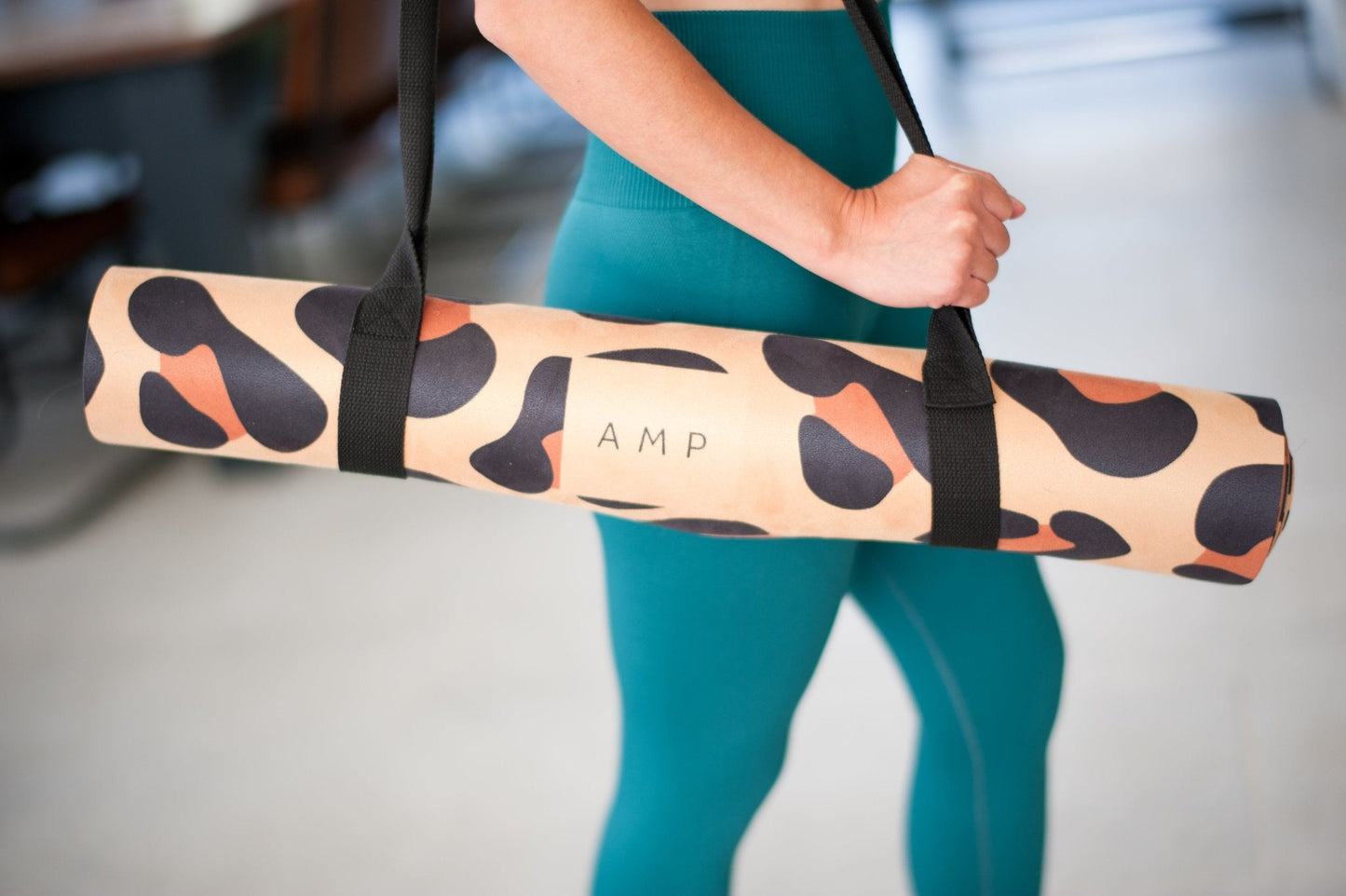Focusing on your wellbeing in 2023

The new year is a time when we look back on the last 12 months and decide what changes we want to make for the future. The fitness industry has seen a significant increase in the number of people making New Year's resolutions to start exercising more, eat healthier and lose weight. However, January can also be a hard month to get going on these plans. It's cold, dark and busy, so we can feel more like hibernating in our free time than jumping around. If you're one of these people, you might be wondering how to keep up with your goals throughout the year. Here are some tips:
Set some goals. It doesn't have to be new year new you, or require making a 180 degree change in lifestyle, but if you want to get into healthier habits and make those fitness changes you want to make stick for the long term, then you have to start somewhere. Goals can be a really fun, motivating way of turning habits into a healthy lifestyle, particularly when they incorporate all of your wellbeing. They help in many ways, from scheduling time to relax and enjoy self care, to spending time with friends and family, getting those finances in order and prioritising sleep as well as improving your exercise and nutrition. Taking a more balanced approach and using small step changes, can help you improve the likelihood that you will make positive and lasting changes in all areas of your health.
Make it specific. The first step in setting New Year's health and fitness goals is to make them specific. Instead of saying "I want to get more exercise," try "I want to walk (run/bike/dance) three times a week for 30 minutes after dinner." Schedule it in your diary, but if something comes up that prevents you from walking one night, at least you can count it as missed instead of giving up completely and you have 3 days out of 7 to achieve your goal. If you want to achieve more strength and tone, you could sign up to an online class and commit to taking two full body 30 minute classes a week to start off with, then review your actions each month to ensure you're moving towards your goal.
Make sure your goals are realistic. If you're just starting out, don't expect to run a marathon or lose 50 pounds in a month. Setting unrealistic expectations can lead to frustration if you don't reach them right away, overeating when you've restricted yourself too much and burnout from trying to do too much too soon, which can lead you to stop all together. Instead of aiming too high, start small and increase your level of activity gradually over time. Consistency in exercise routines and approach to nutrition is key to those health and fitness goals, and you don't need a gym or heavy equipment to achieve body confidence or a toned physique, but you do need to allow time for yourself to get there in a healthy and sustainable way. Read our blog on the benefits and reasons to use light weights in your workouts here. And remember, abs are made in the kitchen!

Set small goals that are easily measurable. For example, if your goal is to run five miles every other day by June 1st, instead of saying "I'll run five miles every other day," write down "I'll run two miles, three times a week for the first month." You then have a starting point (achievable for you) which can help you to break down your goal over the next 6 months and work out how you can build up to achieving it realistically from there. Writing down your goal helps you stay accountable for it as well as track your progress toward achieving it. If you can share them with a friend or create an accountability partner, you're also more likely to stick to them. Depending on your overall goal, you don't have to be strict or rigid in your approach, allowing flexibility in your goals can help make them more enjoyable and achievable. You could set an intention, such as "workout 3 times per week for half an hour," as this lets you then choose the workout you feel like doing on the day so you're more likely to stick to the routine and feel good when you've done it, whether it was HIIT, sculpt or yoga.


Some examples of simple SMART fitness goals: eat 5 servings of fruit/veggies every day (ideally aiming for 30 different types of plant over a week for optimal health benefits); go for a 30 min walk 3 times/week (at a time which works for you); do 10 push ups every other morning or before bed (build up to add a one minute plank hold!); drink 6-8 glasses of water per day throughout the day; get 8 hours of quality sleep every night; spend 1 hour reading each week, set aside 20 minutes 3 times a week. These small habits can then build into lasting lifestyle changes for overall wellbeing.
Lastly, it's important to take the time to think about what you want from your fitness plan. What are your ultimate fitness goals? What do you want to achieve in the next month or year? How do you want to feel by the summer? Once you have an idea of what you want, write them down so that you can break them down and track your progress along the way. What goals can you set today? We'd love to know how you're getting on, let us know in the comments below.



















































